You ever take a walk through a park and think, “Huh, that plant looks like it doesn’t belong here”? Or maybe you’ve heard rumors about fish that jump into boats or snakes in Florida that aren’t just big—they’re prehistoric. Yeah, you’re not hallucinating. There’s a silent invasion happening across the U.S., and it’s not aliens—it’s invasive species. These aren’t your cute, cuddly animals or garden-variety weeds. We’re talking aggressive, fast-spreading plants, fish, insects, and reptiles that are wrecking ecosystems, crashing food chains, and casually destroying property like it’s their side hustle.
And the wildest part? Most people have no idea it’s happening. So here’s a not-so-fun countdown of 13 invasive species quietly taking over America—one forest, river, and backyard at a time. Spoiler: nature’s not just weird. It’s relentless.
1. Spotted Lanternfly
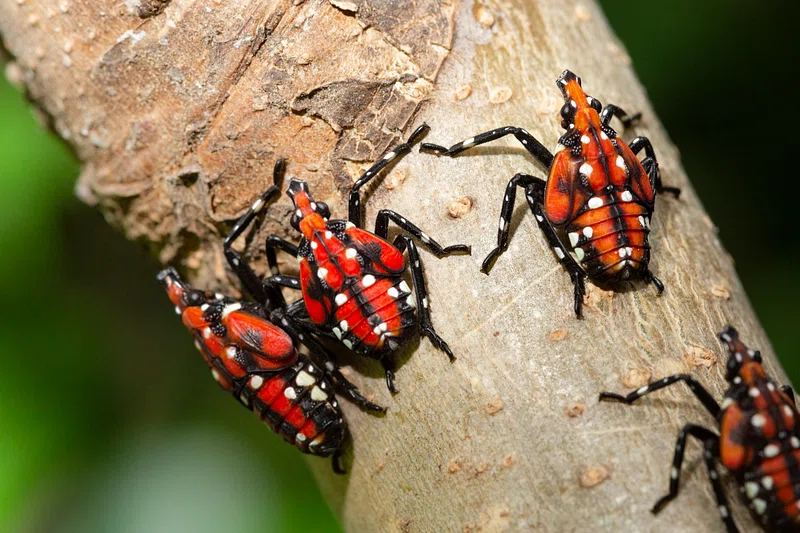
If Ladybugs had an unhinged cousin with a thirst for destruction, it’d be the Spotted Lanternfly. Native to Asia, these flashy-looking bugs first showed up in Pennsylvania in 2014 and have been aggressively expanding ever since. They feed on over 70 plant species, including grapevines, maples, and fruit trees—basically anything cute and/or economically important. Their sugary excrement (ew, yes, that’s a thing) promotes mold growth and damages crops.
They’re also bizarrely bold—splatting into windshields, perching on people, and generally acting like they own the place. According to NPR, they’re now in 14 states and counting, with efforts to contain them mostly failing. People are told to “stomp them on sight,” which is kind of metal but also kind of futile. These bugs don’t bite or sting—they just destroy ecosystems and wine harvests like it’s their side hustle. And the worst part? They have wings and audacity. Bad combo.
2. Burmese Pythons
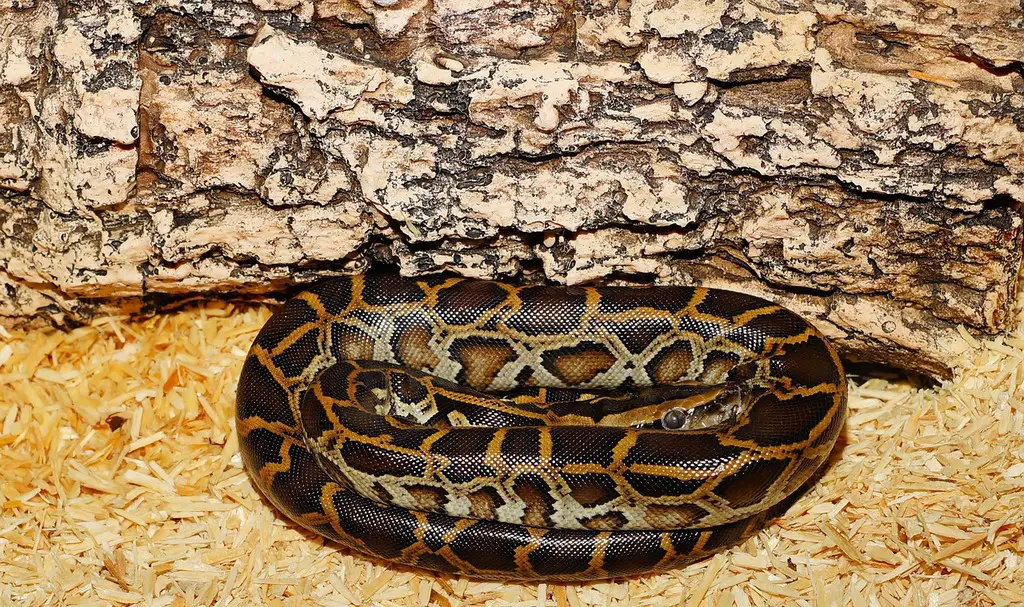
Florida’s got more drama than a Bravo reunion episode—and Burmese pythons are a big part of it. These massive snakes, native to Southeast Asia, have slithered their way through the Everglades and decimated native wildlife populations. Think rabbits, raccoons, birds, deer… even gators. If it moves, it’s on the menu.
They were originally brought in through the exotic pet trade, but after escapes and abandonments, they decided Florida was a five-star resort. Now they’re breeding in the wild, growing up to 20 feet long, and making local ecosystems very uncomfortable. The Reuters covered how hunters are being paid to capture them, but even that’s barely putting a dent in the population. These snakes are stealthy, super adaptable, and have no natural predators in Florida. Translation: nature’s version of an unstoppable boss fight. If you hear rustling in the Everglades… maybe just back away slowly.
3. Zebra Mussels
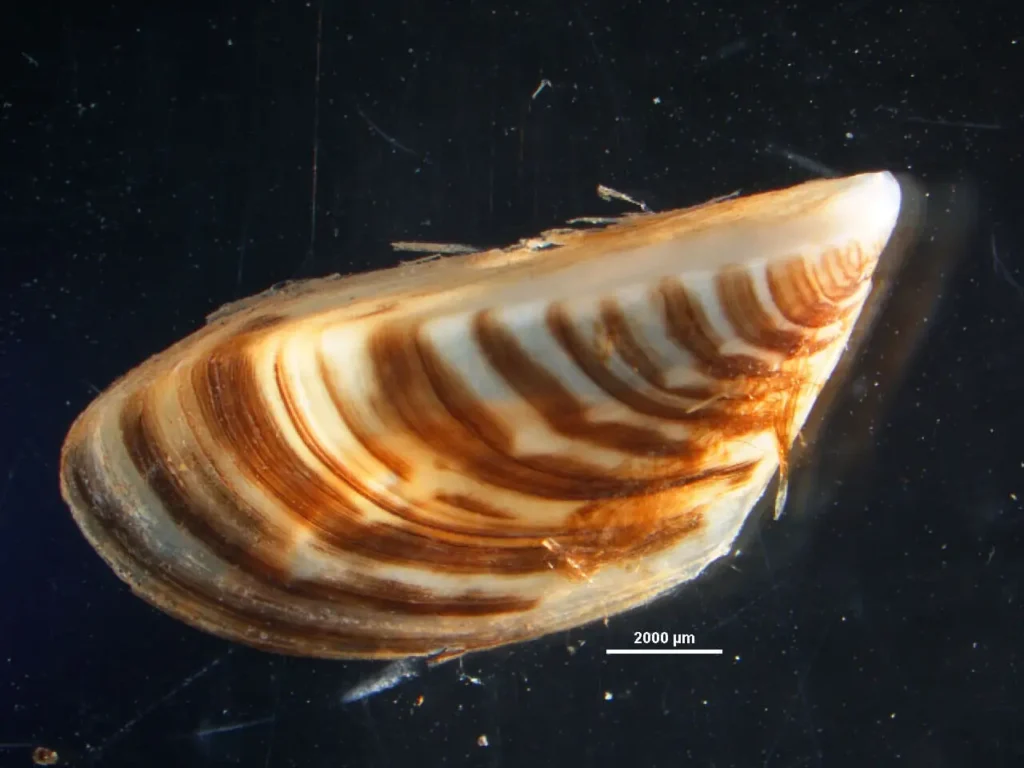
Zebra mussels may be tiny, but they cause massive damage. These fingernail-sized invaders hitchhike on boats, clinging to hulls and engines before spreading to new lakes and rivers. Once they’re in, they multiply like it’s their last weekend on Earth—clogging water intake pipes, damaging infrastructure, and outcompeting native mussels for food. They filter so much algae from the water that they actually alter entire aquatic ecosystems.
And they’re sharp, literally—beachgoers have sliced open their feet thanks to zebra mussel-covered rocks. Their spread across the Midwest and Southern waterways is accelerating, with minimal control success. As National Park Service explains, efforts to contain them often fail because they’re so good at hiding in boat ballast water and surviving harsh conditions. They’re the glitter of freshwater ecosystems: once they show up, they never leave. And worse? They don’t just wreck habitats—they wreck your wallet if you rely on clean, flowing water systems. Zebra mussels: small, smug, and not going anywhere.
4. Kudzu
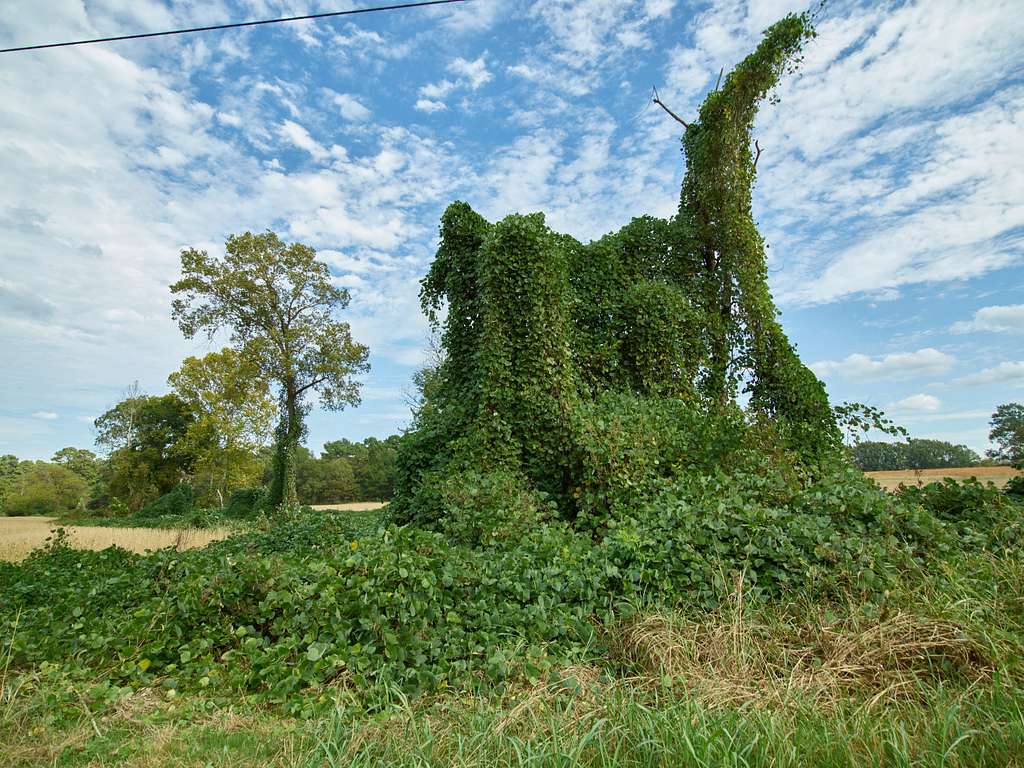
Ah yes, Kudzu—the plant that ate the South. Originally brought from Asia in the 1800s as a cute little erosion-control measure (oops), it quickly realized it could absolutely dominate the American Southeast. And that’s exactly what it did. Kudzu grows up to a foot a day in peak season and smothers anything in its path: trees, power lines, cars, probably your grandma’s rocking chair if you left it out too long.
It blocks sunlight, kills native vegetation, and is ridiculously hard to remove. Burn it? It comes back. Mow it? Stronger than ever. According to Smithsonian Magazine, it’s still expanding northward as temperatures rise, which is exactly what we don’t need. Kudzu is like that clingy ex who shows up uninvited, kills your houseplants, and sets up camp on your roof. And yet, nobody seems to have a solid plan to stop it. So for now, we just hope it doesn’t make it to the suburbs.
5. Feral Hogs
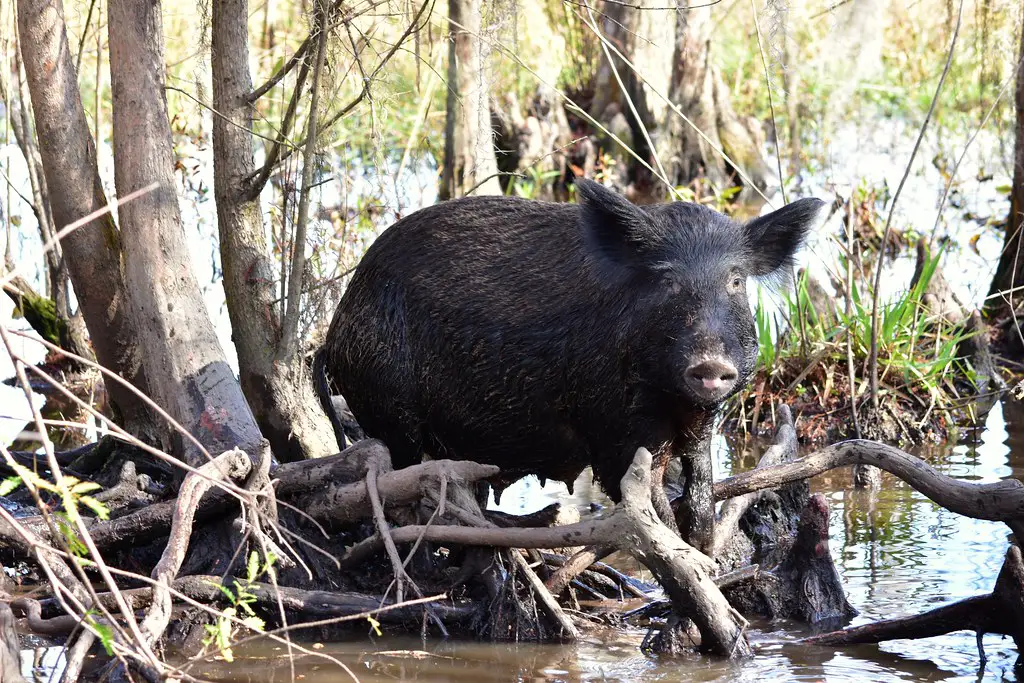
Meet the problem with tusks and no chill: feral hogs. These beasts aren’t your average barnyard pigs—they’re smarter, meaner, and built like a linebacker. They’ve spread to at least 35 states and cause over $2.5 billion in damage every year, rooting up crops, wrecking property, and even attacking humans. Yes, attacking. Imagine hiking and a 300-pound boar shows up like, “This is my trail now.”
They reproduce absurdly fast (sows can have 12 piglets twice a year), and hunting them hasn’t made a dent. In fact, it sometimes spreads them further as groups scatter and repopulate. The USDA reported that in Texas alone, the hog problem has become so intense they’re using helicopters and traps to try to manage it. But even with high-tech gear, they’re still losing ground. These hogs are part domestic pig, part wild boar, and 100% chaos. If they had a motto, it’d be: “We came. We rooted. We conquered.”
6. Asian Carp
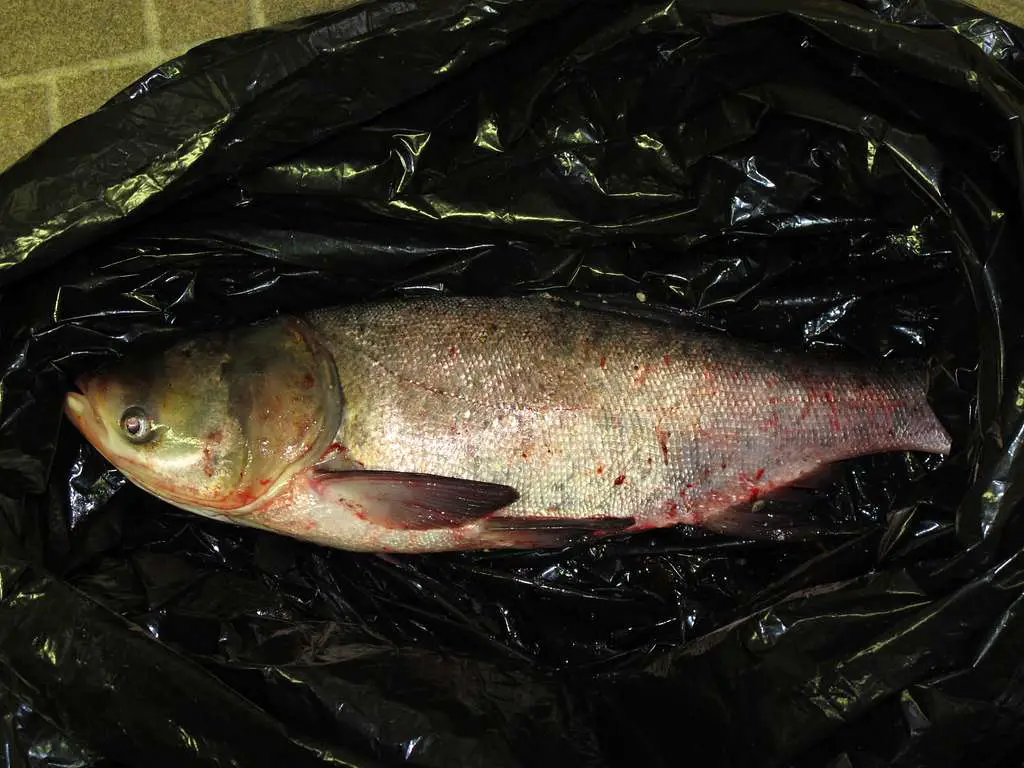
These fish don’t just swim—they launch. Literally. Asian carp (especially the silver carp variety) are known for leaping several feet out of the water when startled, often smacking unsuspecting boaters right in the face. Originally brought in to control algae in aquaculture ponds, they escaped during flooding and now dominate many U.S. waterways, particularly in the Midwest. They outcompete native species for food and oxygen, breeding like it’s an Olympic event.
The worst part? They’re getting dangerously close to the Great Lakes, which would be an ecological nightmare. If they take over, they could wreck native fish populations and devastate a billion-dollar fishing industry. Efforts to contain them include electric barriers, netting, and yes, even culinary campaigns to rebrand them as “delicious.” But so far, they’re winning. These aren’t your average pond fish—they’re aquatic bullies with no quit.
7. European Starlings

They’re loud, aggressive, and they travel in packs like it’s West Side Story—but with more feathers and fewer jazz hands. European starlings were introduced in the 1890s by someone who wanted every bird mentioned in Shakespeare to live in the U.S. (Seriously.) Since then, they’ve exploded across North America and displaced countless native birds.
They steal nesting sites, destroy crops, and swarm cities in massive flocks that look cool… until you realize they’re pooping on everything. These birds are shockingly smart, too—mimicking other birds, car alarms, and even human voices. Farmers hate them, bird lovers scowl at them, and yet they keep multiplying. They’re like the bird version of glitter: once they show up, they never leave. Starlings aren’t just annoying—they’re a full-blown avian invasion. And unfortunately, there’s no recall button for 19th-century bird nerds.
8. Nutria

Imagine a beaver and a rat had a love child with a taste for destruction—welcome to nutria. These large, semi-aquatic rodents originally came from South America and were introduced to the U.S. for fur farming. But after some escapes (and let’s be honest, pretty poor containment efforts), they’ve spread across wetlands from Louisiana to Maryland.
They dig massive tunnels and eat plant roots like it’s their personal buffet, causing erosion and wetland collapse. Entire marshes have disappeared thanks to these orange-toothed bulldozers. They also breed like they’re trying to win a prize, with females capable of having three litters per year. Nutria don’t just damage ecosystems—they threaten infrastructure like levees and roadways. And while they might look kind of cute from a distance, up close? Total swamp gremlins. Your wetlands don’t stand a chance.
9. Japanese Knotweed

This plant is the boss level of backyard nightmares. Japanese knotweed looks harmless enough—bamboo-like stalks, heart-shaped leaves—but it’s an absolute beast underground. Its roots can grow through concrete, tear up foundations, and damage roads and pipes without even trying. Originally brought over as a decorative garden plant (because of course it was), it’s now one of the hardest invasives to eradicate.
You can’t just mow it. You can’t just dig it up. Every little root fragment left behind can regenerate into a new plant, which makes it feel borderline supernatural. It’s become such a problem in some places that it can impact property values—like, bank loan denied level of impact. It’s a leafy little wrecking ball, and once it sets up shop, it’s not leaving. Think of it as nature’s version of a bad tattoo decision.
10. Green Iguanas
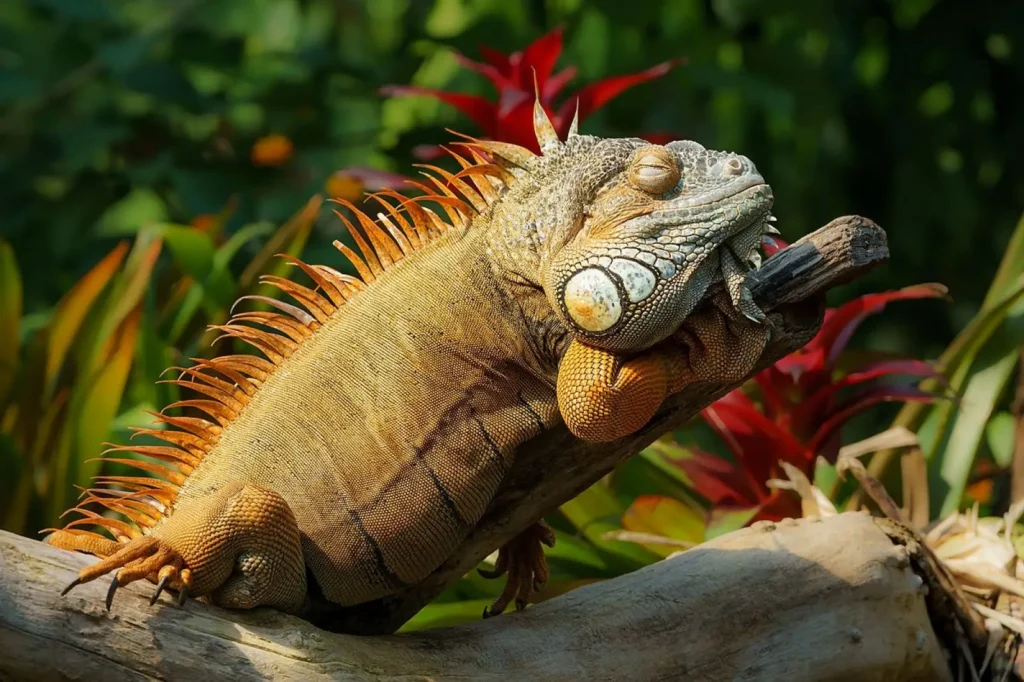
South Florida’s got a reptile problem, and no, it’s not just the pythons. Green iguanas, originally brought in as exotic pets, are now running wild in neighborhoods, parks, and canals. These guys can grow up to five feet long, and while they’re not aggressive, they’re very destructive. They burrow under sidewalks, seawalls, and building foundations, causing all kinds of costly damage.
They also eat basically everything—flowers, fruit, and native plants—which throws local ecosystems out of whack. During cold snaps, they’re known to fall from trees (still alive!) like scaled meteorites. Cute? Maybe. But practical? Absolutely not. Cities have started hiring iguana hunters to try and curb the population, but surprise—they reproduce like it’s a competitive sport. These lizards aren’t going anywhere… unless it’s into your pool.
11. Emerald Ash Borer
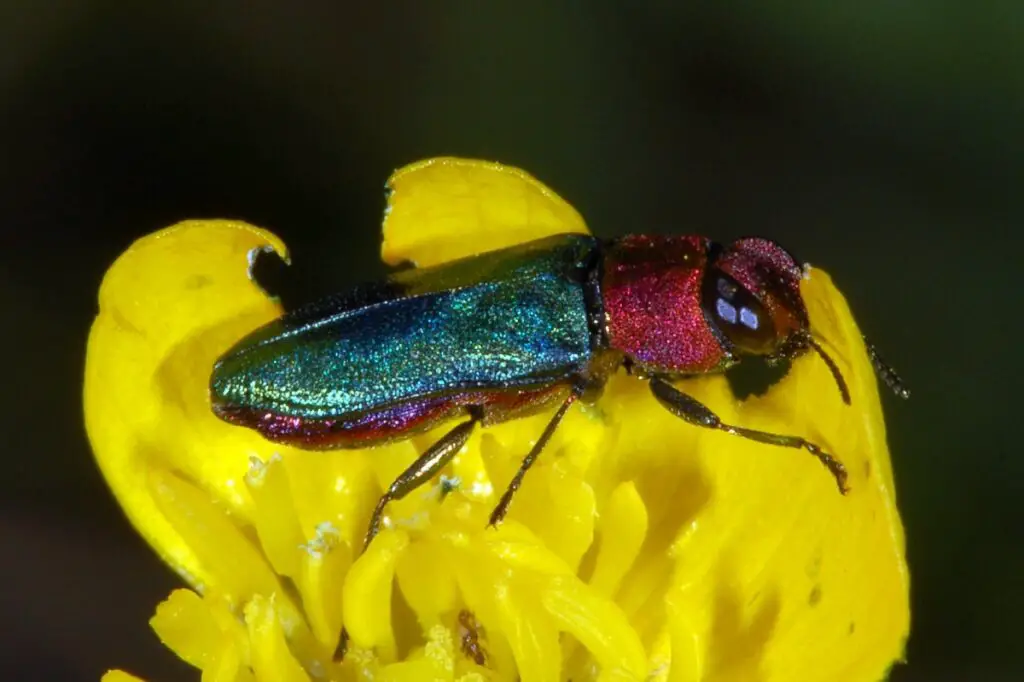
This little green beetle looks like a harmless jewel, but don’t be fooled—it’s an absolute tree assassin. Native to northeast Asia, the emerald ash borer first showed up in the U.S. in the early 2000s and has since killed tens of millions of ash trees across the country. The larvae tunnel through the inner bark, cutting off nutrients and water until the tree dies.
By the time you notice the damage, it’s usually too late. Entire city blocks have lost their tree cover thanks to this tiny pest, and the economic cost is in the billions. And it’s not just about aesthetics—dead trees increase storm damage, reduce shade, and hurt property values. Ash trees used to line streets and parks across the Midwest and Northeast. Now they’re vanishing like it’s a tree-themed apocalypse. And despite quarantines and tree bans, the beetles keep spreading. You don’t even see them coming—and that’s what makes them scary.
12. Northern Snakehead Fish

This fish is straight-up horror movie material. Native to Asia, the northern snakehead can breathe air, slither across land, and eat basically anything in its path. It’s been spotted in rivers and ponds across the East Coast, and its appearance always sends biologists into full panic mode. Why? Because it’s a top predator with no local checks or balances.
It can wipe out native fish populations and even snack on frogs and small birds. They reproduce fast and adapt well to new environments, which is never a good sign in an invasive. Officials have launched aggressive efforts to remove them, but they’re slippery—literally and metaphorically. And when locals are told to “kill it immediately and don’t release it back,” you know it’s serious. These fish aren’t just bad news—they’re nature’s version of a hostile takeover.
13. Cogongrass
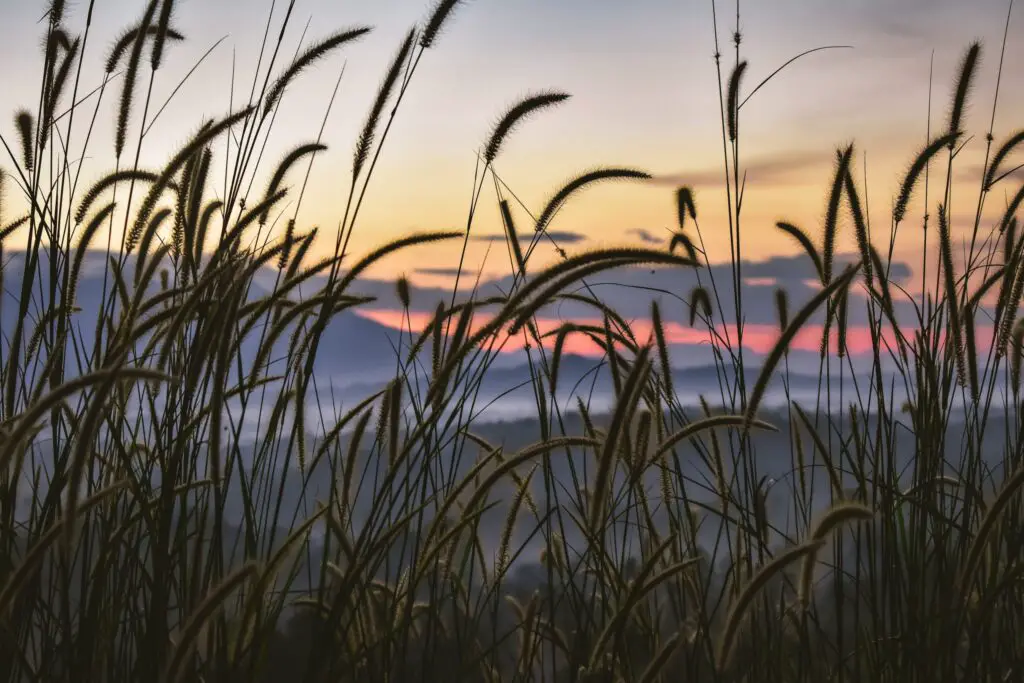
Cogongrass sounds like something your weird neighbor might be growing on purpose, but it’s one of the most dangerous invasive grasses in the U.S. Native to Southeast Asia, it spreads underground via rhizomes and takes over fields, forests, and roadsides like it paid rent in advance. The worst part? It’s highly flammable. Like, wildfire-accelerant-level flammable.
This means it doesn’t just outcompete native plants—it turns entire landscapes into tinderboxes. Fire wipes out local species, but cogongrass comes back stronger, creating a vicious cycle that’s hard to break. It’s now found throughout the Southeast and spreading fast. Once it moves in, controlling it is labor-intensive and often unsuccessful. Think of it as grass with villain energy—it looks innocent, but it’s burning everything behind the scenes. And no one seems to have a real plan to stop it.
